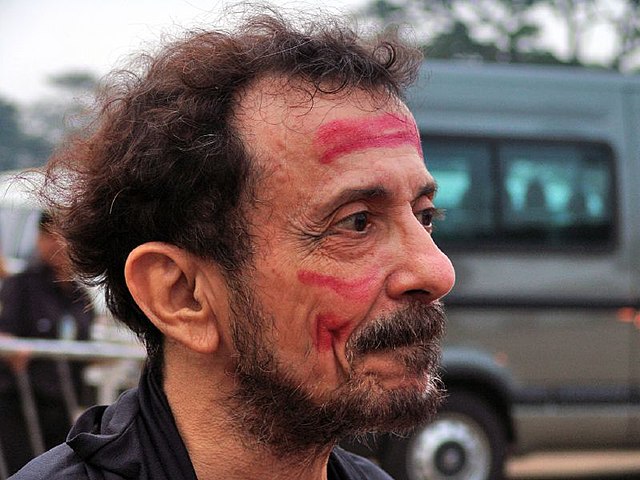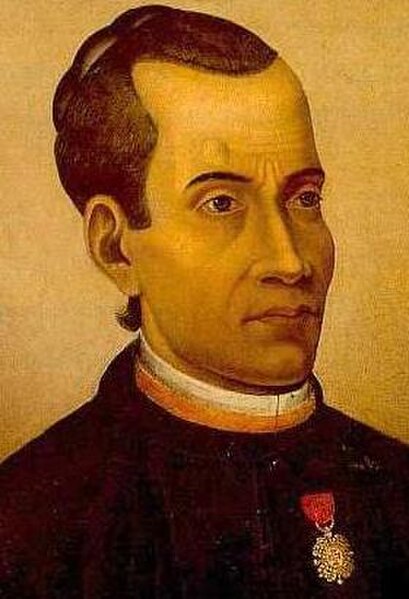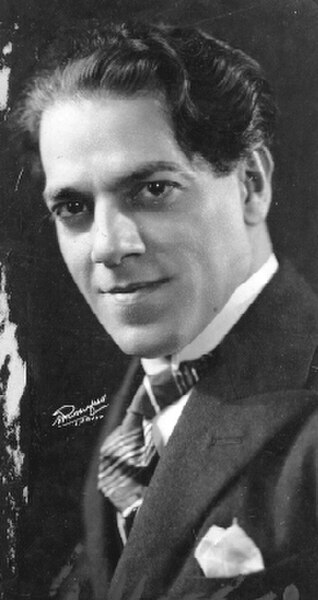Tropicália, also known as tropicalismo, was a Brazilian artistic movement that arose in the late 1960s. It was characterized by the amalgamation of Brazilian genres—notably the union of the popular and the avant-garde, as well as the melding of Brazilian tradition and foreign traditions and styles. Today, tropicália is chiefly associated with the musical faction of the movement, which merged Brazilian and African rhythms with British and American psychedelia and pop rock. The movement also included works of film, theatre, and poetry.
Gilberto Gil Founding Member of the Movement
Carmen Miranda in 1950
Tom Zé in São Paulo in 2007
Caetano Veloso performing at the third Popular Music Festival, October 21, 1967. Brazilian National Archives.
The music of Brazil encompasses various regional musical styles influenced by European, American, African and Amerindian forms. Brazilian music developed some unique and original styles such as forró, repente, coco de roda, axé, sertanejo, samba, bossa nova, MPB, gaucho music, pagode, tropicália, choro, maracatu, embolada, frevo, brega, modinha and Brazilian versions of foreign musical styles, such as rock, pop music, soul, hip-hop, disco music, country music, ambient, industrial and psychedelic music, rap, classical music, fado, and gospel.
Ouro Preto, in Minas Gerais: one of the most important musical centers in Brazil during the 18th century.
José Maurício Nunes Garcia.
Antônio Carlos Gomes.
Heitor Villa-Lobos.








